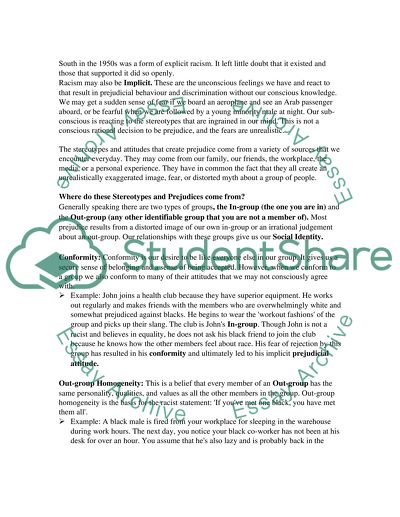Cite this document
(“Racial Prejudice Essay Example | Topics and Well Written Essays - 1000 words - 1”, n.d.)
Retrieved from https://studentshare.org/miscellaneous/1540608-racial-prejudice
Retrieved from https://studentshare.org/miscellaneous/1540608-racial-prejudice
(Racial Prejudice Essay Example | Topics and Well Written Essays - 1000 Words - 1)
https://studentshare.org/miscellaneous/1540608-racial-prejudice.
https://studentshare.org/miscellaneous/1540608-racial-prejudice.
“Racial Prejudice Essay Example | Topics and Well Written Essays - 1000 Words - 1”, n.d. https://studentshare.org/miscellaneous/1540608-racial-prejudice.


